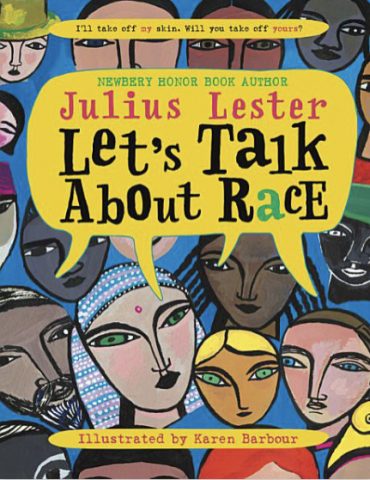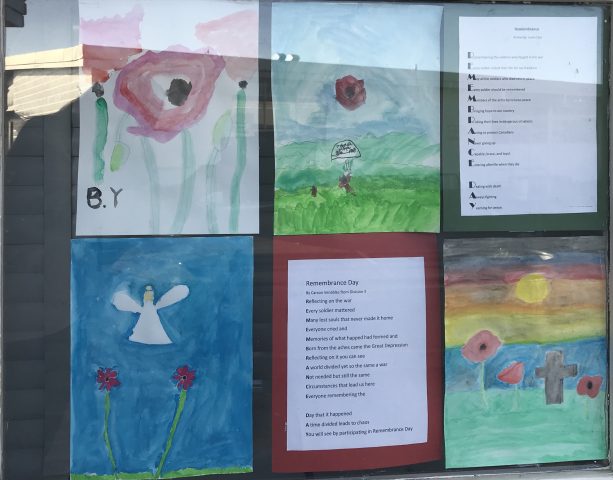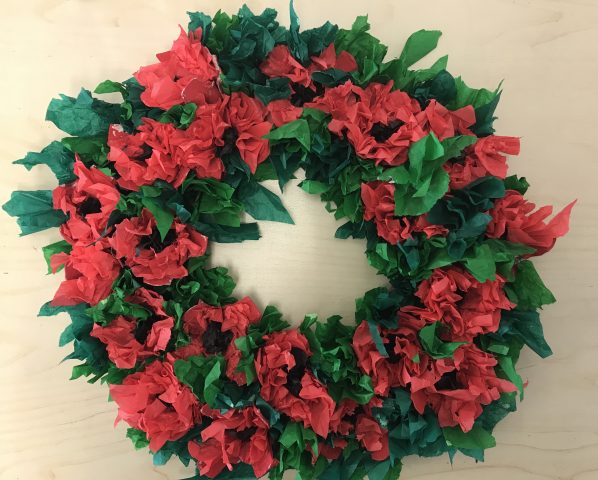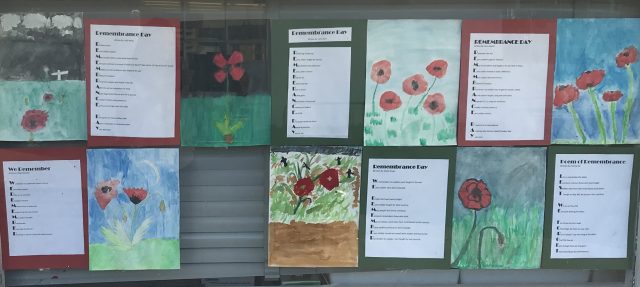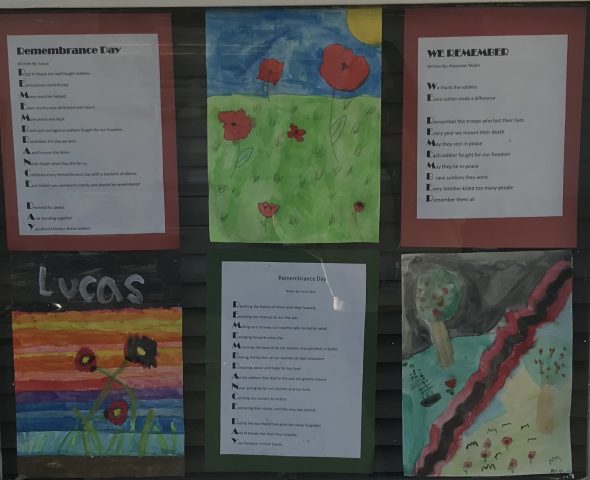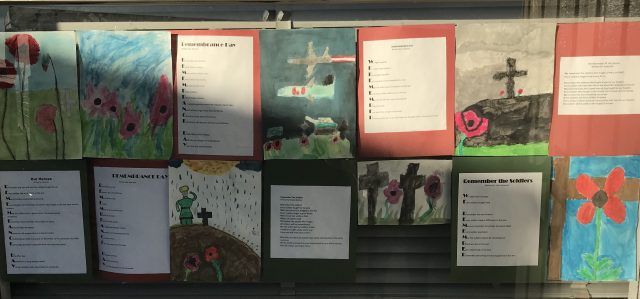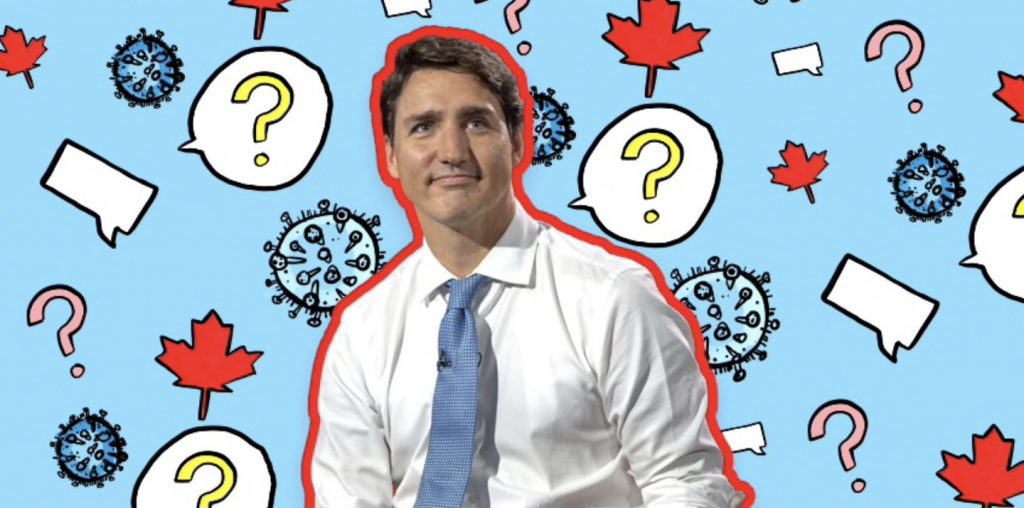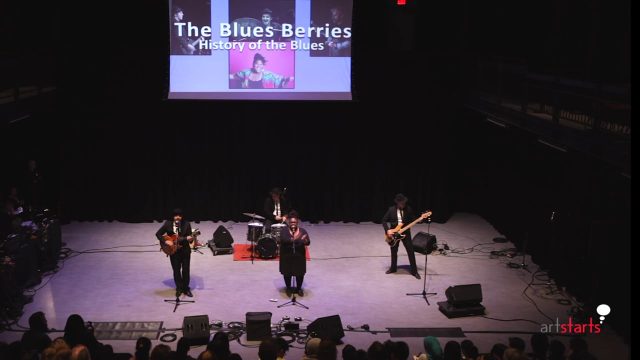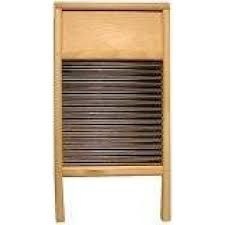Today we went on a virtual field trip to the Bank of Canada we learned about money, trade, different forms of money, bartering and much more. Here is everything we learned today with the Bank of Canada.
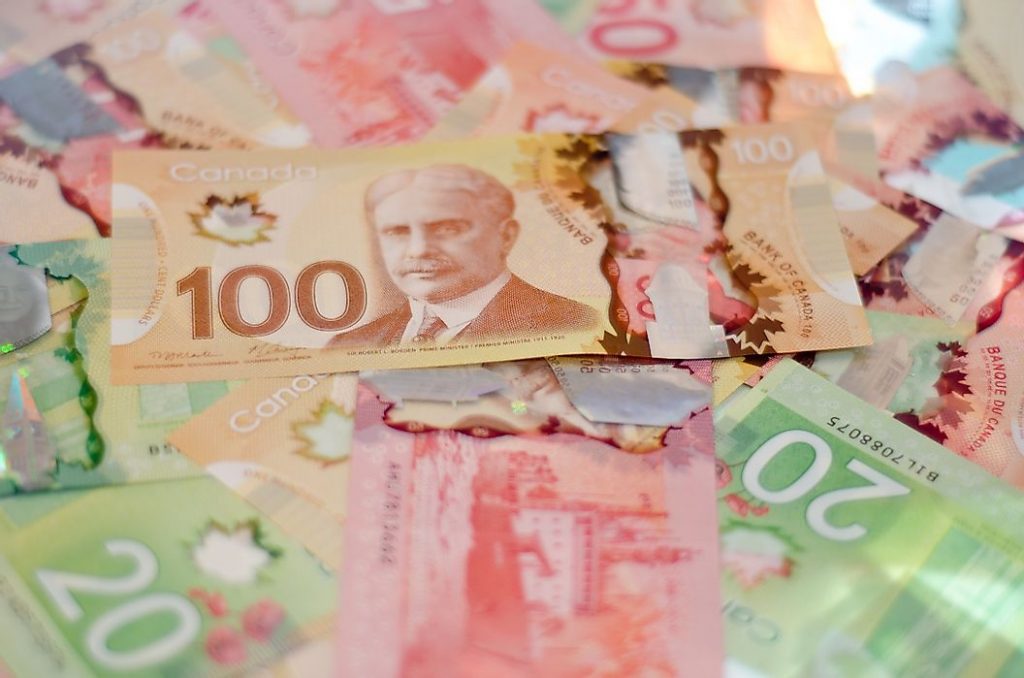
Why do we use money?
1. As a Tool for Trade
2. To Set value (to know how much things cost)
3. To Save (Save up for needs/wants/emergencies)
What makes good money? Good moneys is…
- Durable
- Portable
- Divisible
- Rare but not too rare
- Difficult to counterfeit
What is Dentalium?
- Sea shells used 200,000 years ago to trade
- Found on the coastline of the Pacific Ocean
- To retrieve you must dive for it
- Also used for decorations or jewelry
Which Canadian coin has a beaver?
Answer: The 5 cent coin
What are our bank notes made of?
- Bank notes used to be made out of paper but now they are made of polymer
- Polymer is hard to counterfeit because it’s made in a lab
- Polymer bills are recyclable when bills are taken out of circulation
Who is on the 10$ bill?
Viola Desmond
- First women to appear on a bill in Canada other than the Queen
- First person of color to appear on a Canadian bill
- Viola Desmond is a Canadian human rights/social justice activist
- She is also a Business woman/Entrepreneur and opened a beauty school in the 40’s
Why do coins have different images/shapes/colors?
To easily differentiate them.
Money/Trade
- Money takes different shapes/ forms
- Money is a tool that we use to trade
What is Bartering?
Barter – Trading objects without getting something new. It is obtaining a need or want by exchanging with someone else.
The cons of trying to Barter
- could be counterfeit
- sometimes its not a fair trade
- determining value/fairness can be hard
- money helps us determine value when trading
- finding someone to trade with can be difficult
Products vs Services
Products – grow it, build it or make it
Services – action someone does for us
Blogpost Written By: A.W
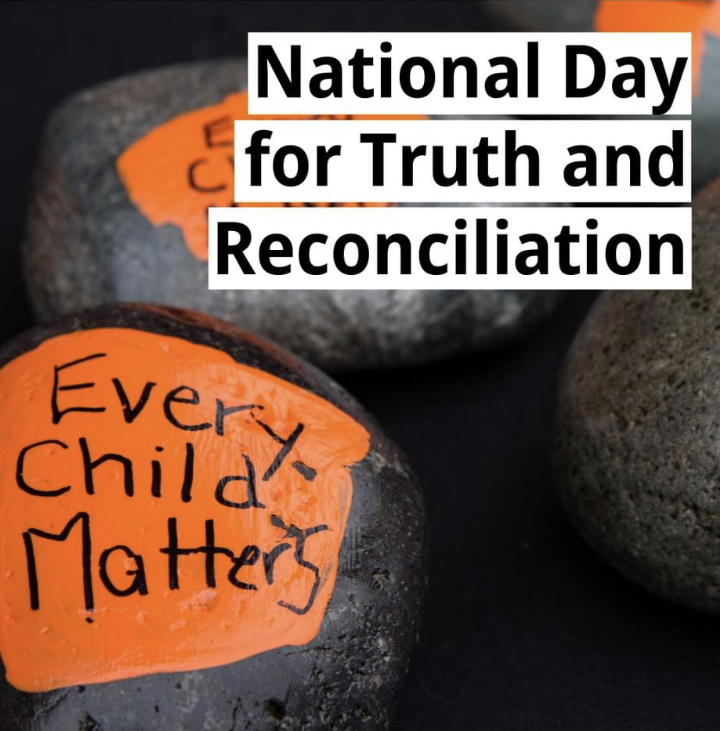
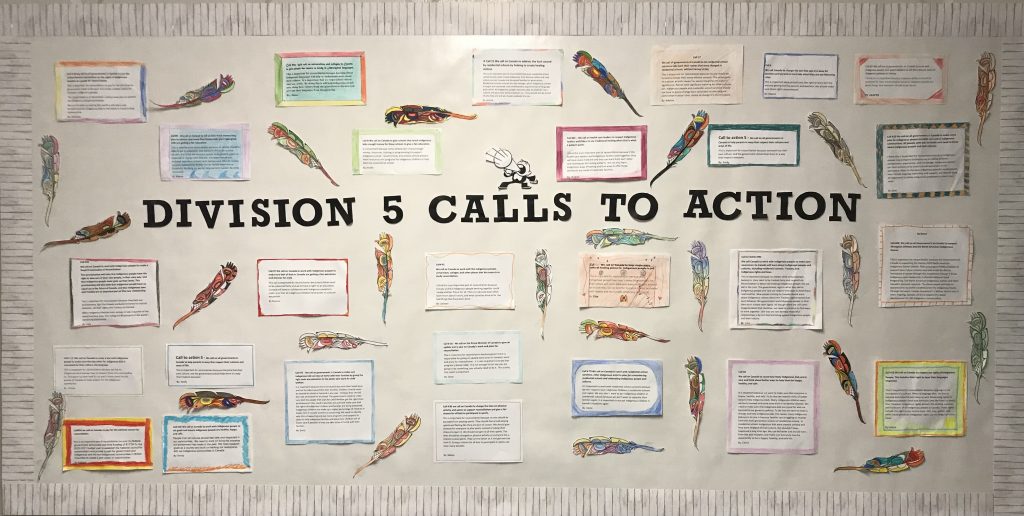
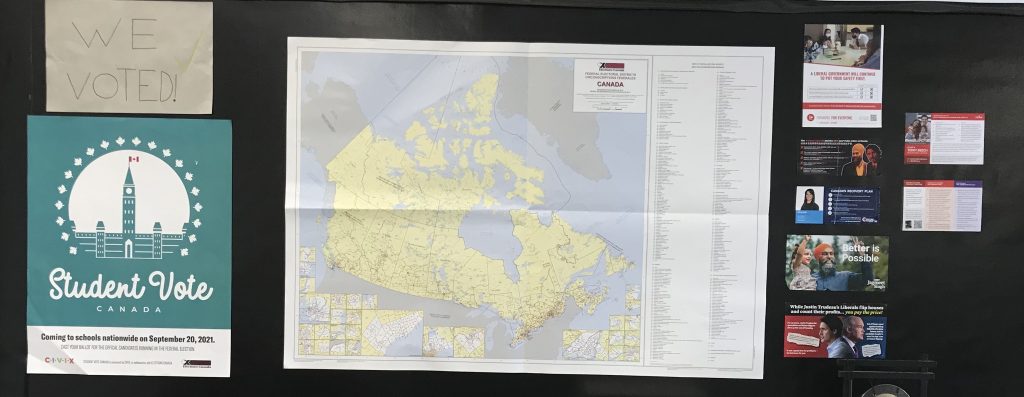
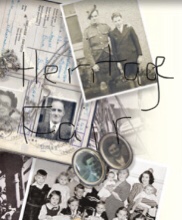
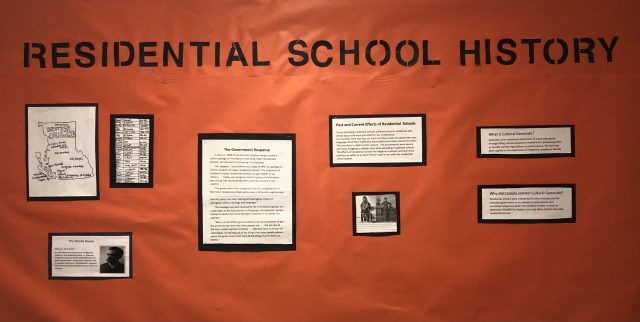
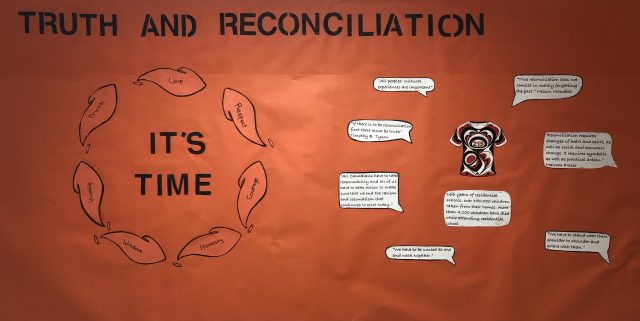
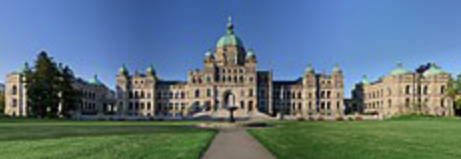 Today we had a virtual field trip to the Legislature. We explored the Parliament Buildings and learned about their design, history and use. We learned about important symbols of the Legislative Assembly and discussed significant historical, political and social events in B.C. and how they relate to the Legislative Assembly.
Today we had a virtual field trip to the Legislature. We explored the Parliament Buildings and learned about their design, history and use. We learned about important symbols of the Legislative Assembly and discussed significant historical, political and social events in B.C. and how they relate to the Legislative Assembly.